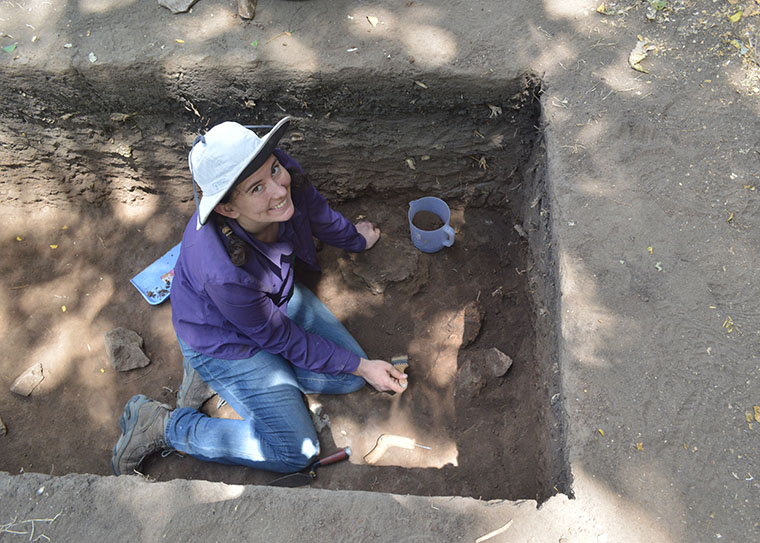A trove of ancient plant remains excavated in Kenya helps explain the history of plant farming in equatorial eastern Africa, a region long thought to be important for early farming but where scant evidence from actual physical crops has been previously uncovered.
In a new study published July 10 in the Proceedings of the Royal Society B, archaeologists from Washington University in St. Louis, the University of Pittsburgh and their colleagues report the largest and most extensively dated archaeobotanical record from interior east Africa.
Up until now, scientists have had virtually no success in gathering ancient plant remains from east Africa and, as a result, have had little idea where and how early plant farming got its start in the large and diverse area comprising Kenya, Tanzania and Uganda.
“There are many narratives about how agriculture began in east Africa, but there’s not a lot of direct evidence of the plants themselves,” said WashU’s Natalie Mueller, an assistant professor of archaeology in Arts & Sciences and co-first author of the new study. The work was conducted at the Kakapel rock shelter in the Lake Victoria region of Kenya.
“We found a huge assemblage of plants, including a lot of crop remains,” Mueller said. “The past shows a rich history of diverse and flexible farming systems in the region, in opposition to modern stereotypes about Africa.”

The new research reveals a pattern of gradual introductions of different crops that originated from different parts of Africa.
